


Books in series

Conscience and Purpose
Fiction and Social Consciousness in Howells, Jewett, Chesnutt, and Cather
2005

Mark Twain and Orion Clemens
Brothers, Partners, Strangers
2003

A Question of Character
Scientific Racism and the Genres of American Fiction, 1892-1912
2000

Memorial Boxes and Guarded Interiors
Edith Wharton and Material Culture
2007

A Man's Game
Masculinity and the Anti-Aesthetics of American Literary Naturalism
2004
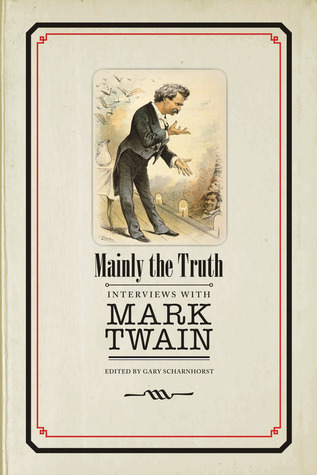
Mainly the Truth
Interviews with Mark Twain
2009

On the Cusp
Stephen Crane, George Bellows, and Modernism
2009

The Selected Letters of Charlotte Perkins Gilman
2009

Our Sisters' Keepers
Nineteenth-Century Benevolence Literature by American Women
2005

Mark Twain, Travel Books, and Tourism
The Tide of a Great Popular Movement
2002

Charlotte Perkins Gilman and Her Contemporaries
Literary and Intellectual Contexts
2004

The American Counterfeit
Authenticity and Identity in American Literature and Culture
2006

Willa Cather and Material Culture
Real-World Writing, Writing the Real World
2005

Fighting Words
Polemics and Social Change in Literary Naturalism
2013

Traces of Gold
California's Natural Resources and the Claim to Realism in Western American Literature
2001

Artistic Liberties
American Literary Realism and Graphic Illustration, 1880-1905
2013

Contesting the Past, Reconstructing the Nation
American Literature and Culture in the Gilded Age, 1876-1893
2007

Mark Twain in the Margins
The Quarry Farm Marginalia and a Connecticut Yankee in King Arthur's Court
2000
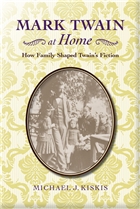
Mark Twain at Home
How Family Shaped Twain’s Fiction
2016

Canons by Consensus
Critical Trends and American Literature Anthologies
2004

The Vast and Terrible Drama
American Literary Naturalism in the Late Nineteenth Century
2004
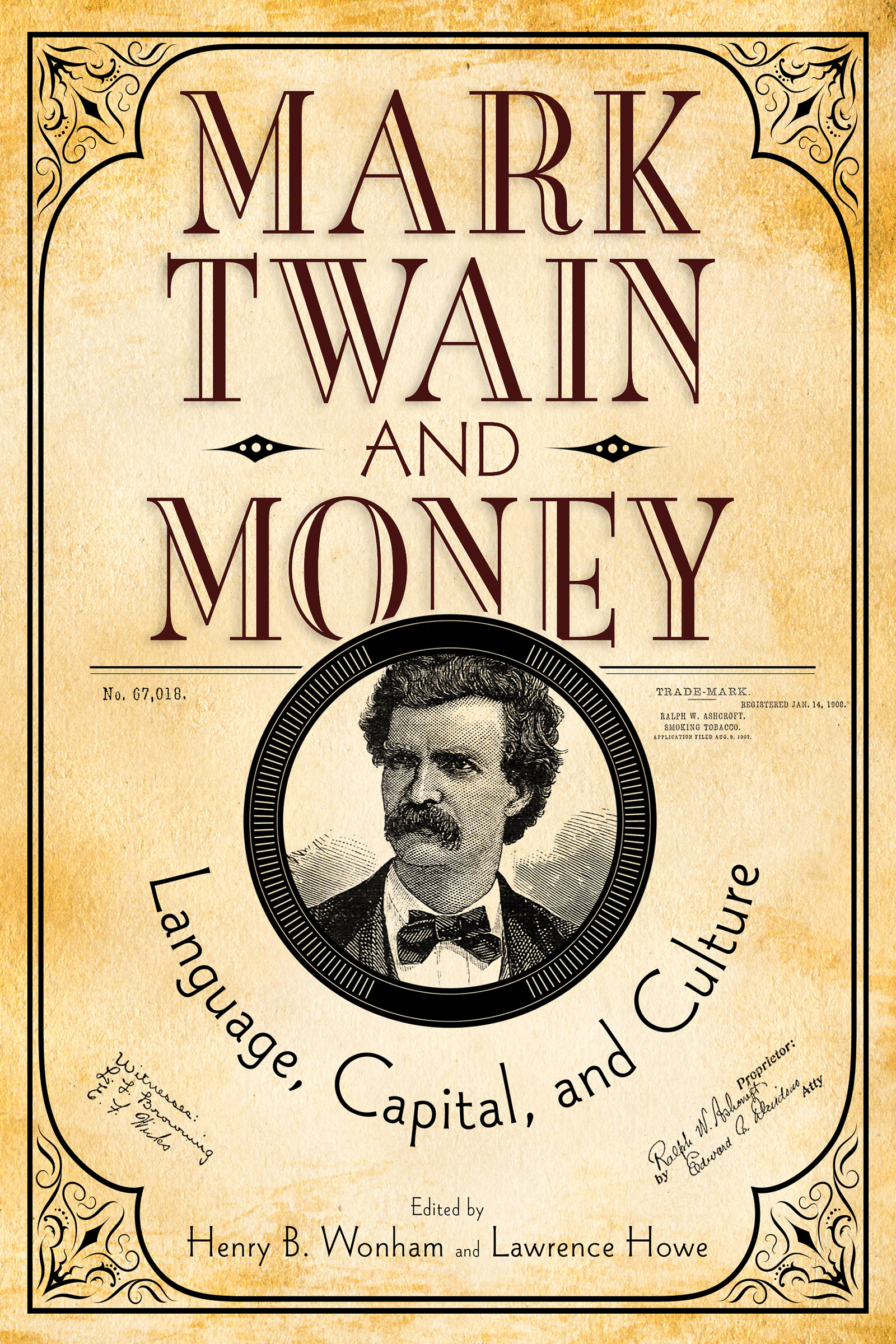
Mark Twain and Money
Language, Capital, and Culture
2017
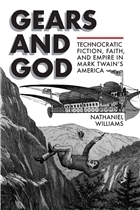
Gears and God
Technocratic Fiction, Faith, and Empire in Mark Twain's America
2018

Echoes of Emerson
Rethinking Realism in Twain, James, Wharton, and Cather
2017

Charlotte Perkins Gilman and a Woman's Place in America
2017
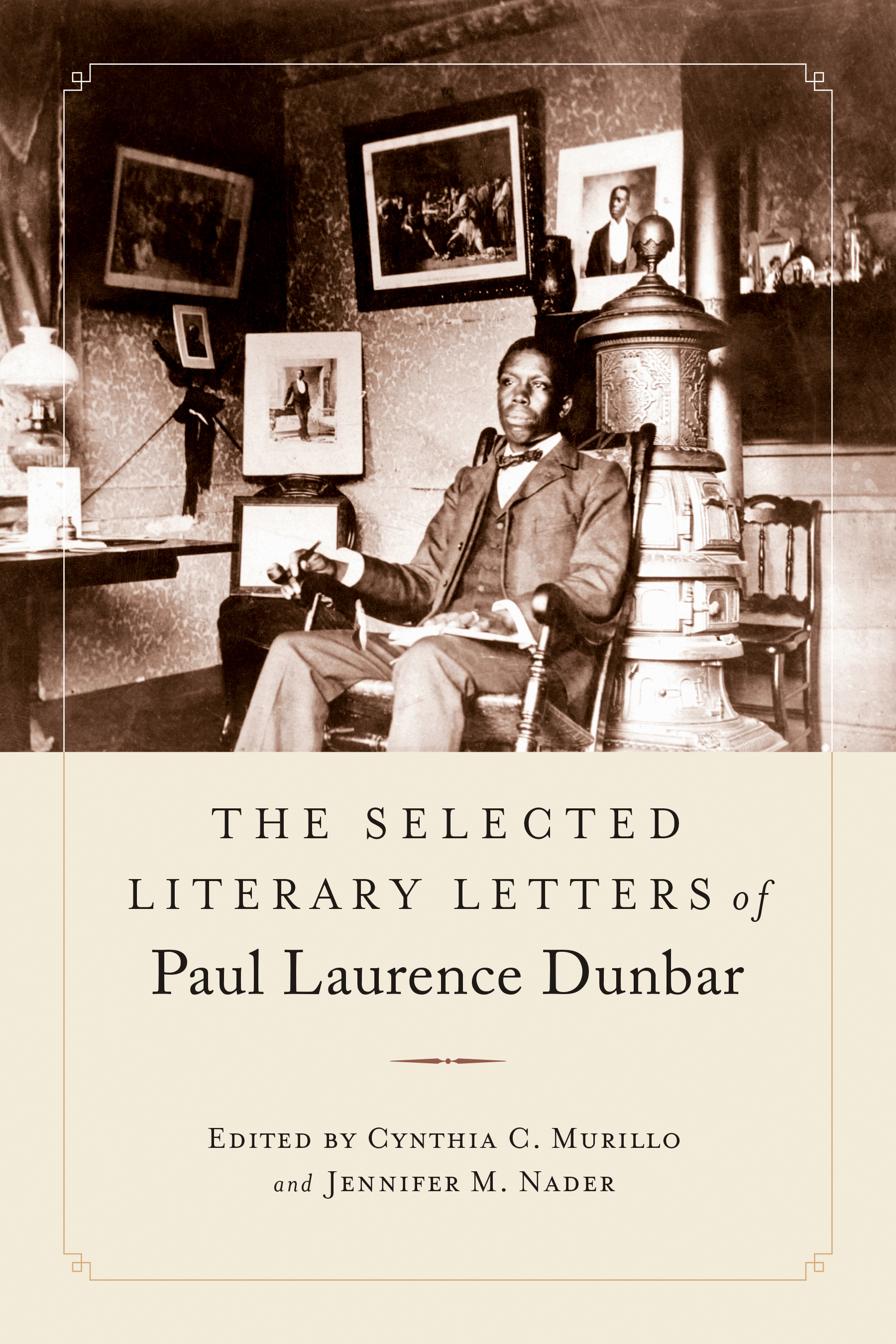
The Selected Literary Letters of Paul Laurence Dunbar
2021

Mark Twain on the Move
A Travel Reader
2008

Stephen Crane Remembered
2006
Authors

Librarian Note: There is more than one author by this name in the Goodreads database. Samuel Langhorne Clemens, better known by his pen name Mark Twain, was an American author and humorist. He is noted for his novels Adventures of Huckleberry Finn (1885), called "the Great American Novel", and The Adventures of Tom Sawyer (1876). Twain grew up in Hannibal, Missouri, which would later provide the setting for Huckleberry Finn and Tom Sawyer. He apprenticed with a printer. He also worked as a typesetter and contributed articles to his older brother Orion's newspaper. After toiling as a printer in various cities, he became a master riverboat pilot on the Mississippi River, before heading west to join Orion. He was a failure at gold mining, so he next turned to journalism. While a reporter, he wrote a humorous story, "The Celebrated Jumping Frog of Calaveras County," which proved to be very popular and brought him nationwide attention. His travelogues were also well-received. Twain had found his calling. He achieved great success as a writer and public speaker. His wit and satire earned praise from critics and peers, and he was a friend to presidents, artists, industrialists, and European royalty. However, he lacked financial acumen. Though he made a great deal of money from his writings and lectures, he squandered it on various ventures, in particular the Paige Compositor, and was forced to declare bankruptcy. With the help of Henry Huttleston Rogers, however, he eventually overcame his financial troubles. Twain worked hard to ensure that all of his creditors were paid in full, even though his bankruptcy had relieved him of the legal responsibility. Born during a visit by Halley's Comet, he died on its return. He was lauded as the "greatest American humorist of his age", and William Faulkner called Twain "the father of American literature". Excerpted from Wikipedia. AKA: Μαρκ Τουαίν (Greek)
Dr. Ben Railton is a professor of English at Fitchburg State University. He is an excellent teacher and a brilliant author. Having published many articles on New Historicism and Marxist readings of literature Dr. Railton has published two books on American History through the lense of cultural studies. Dr. Railton can be reached at brailton.fitchburgstate.edu.

Charlotte Perkins Gilman, also known as Charlotte Perkins Stetson, was a prominent American sociologist, novelist, writer of short stories, poetry, and nonfiction, and a lecturer for social reform. She was a utopian feminist during a time when her accomplishments were exceptional for women, and she served as a role model for future generations of feminists because of her unorthodox concepts and lifestyle. Her best remembered work today is her semi-autobiographical short story, "The Yellow Wallpaper", which she wrote after a severe bout of post-partum depression. She was the daughter of Frederic B. Perkins.

Edith Newbold Jones was born into such wealth and privilege that her family inspired the phrase "keeping up with the Joneses." The youngest of three children, Edith spent her early years touring Europe with her parents and, upon the family's return to the United States, enjoyed a privileged childhood in New York and Newport, Rhode Island. Edith's creativity and talent soon became obvious: By the age of eighteen she had written a novella, (as well as witty reviews of it) and published poetry in the Atlantic Monthly. After a failed engagement, Edith married a wealthy sportsman, Edward Wharton. Despite similar backgrounds and a shared taste for travel, the marriage was not a success. Many of Wharton's novels chronicle unhappy marriages, in which the demands of love and vocation often conflict with the expectations of society. Wharton's first major novel, The House of Mirth, published in 1905, enjoyed considerable literary success. Ethan Frome appeared six years later, solidifying Wharton's reputation as an important novelist. Often in the company of her close friend, Henry James, Wharton mingled with some of the most famous writers and artists of the day, including F. Scott Fitzgerald, André Gide, Sinclair Lewis, Jean Cocteau, and Jack London. In 1913 Edith divorced Edward. She lived mostly in France for the remainder of her life. When World War I broke out, she organized hostels for refugees, worked as a fund-raiser, and wrote for American publications from battlefield frontlines. She was awarded the French Legion of Honor for her courage and distinguished work. The Age of Innocence, a novel about New York in the 1870s, earned Wharton the Pulitzer Prize for fiction in 1921 — the first time the award had been bestowed upon a woman. Wharton traveled throughout Europe to encourage young authors. She also continued to write, lying in her bed every morning, as she had always done, dropping each newly penned page on the floor to be collected and arranged when she was finished. Wharton suffered a stroke and died on August 11, 1937. She is buried in the American Cemetery in Versailles, France.
- Barnesandnoble.com